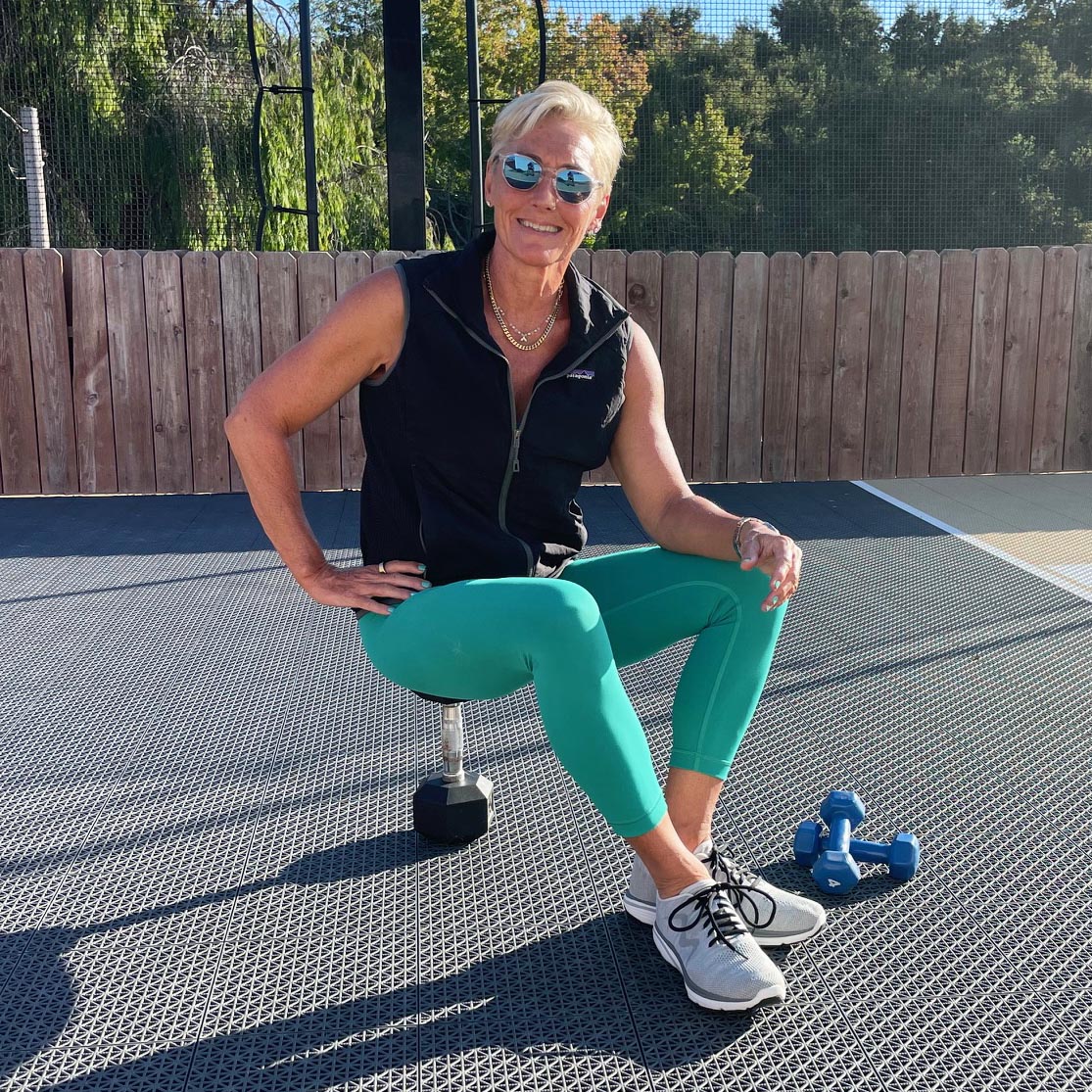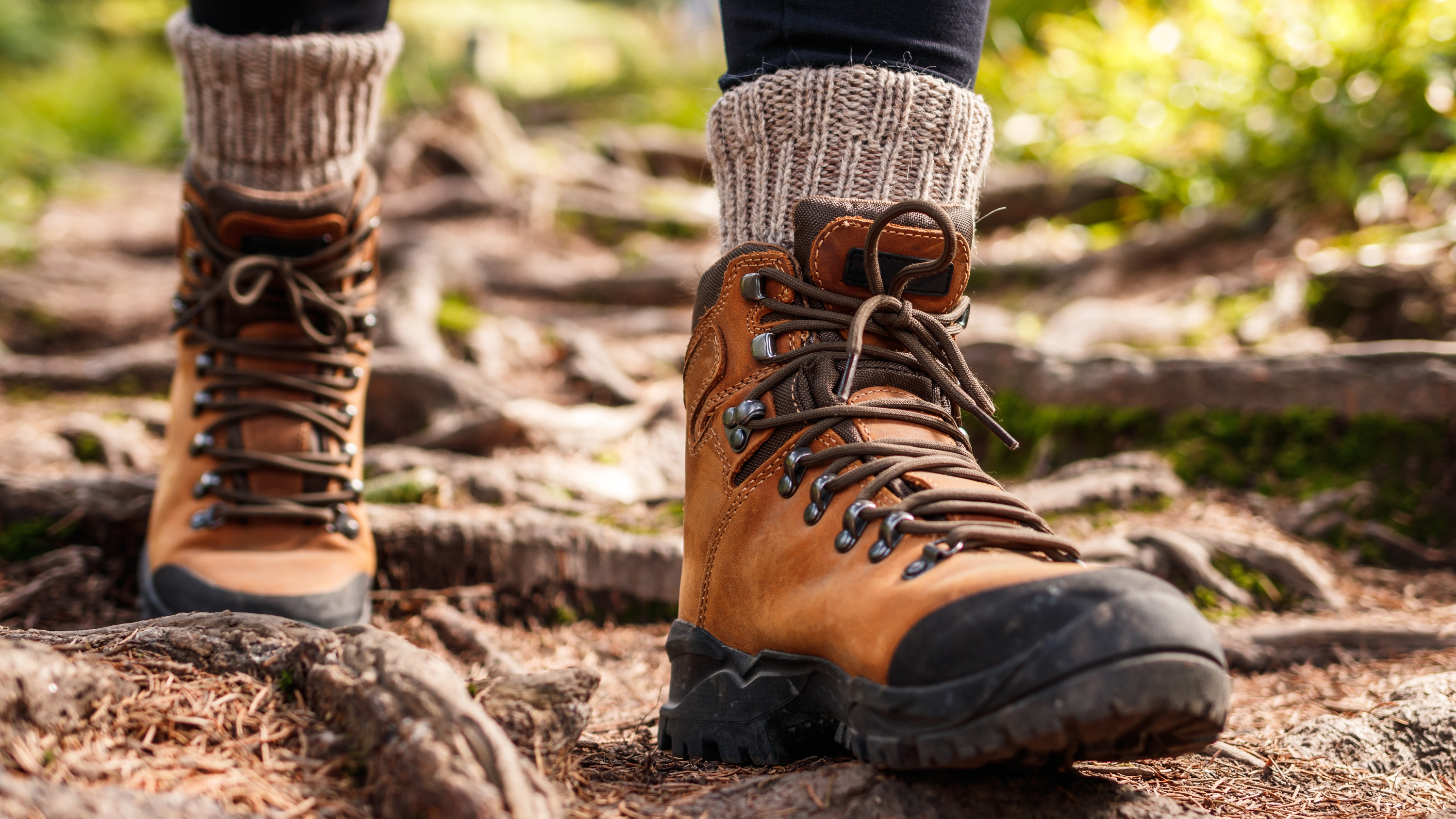'I'm 61 and a PT: Forget 10,000 Steps — This Is the Walking Workout I Swear By (and Share with Clients)'

For a long time, 10,000 steps has been considered the magic number when it comes to walking workouts, yet recent research has found that this might not be the case.
One study found that 7,000 steps was enough to promote serious health benefits, whereas others have focused on how you walk, namely adding faster intervals, as you would in the science-backed Japanese Walking Method.
However you walk, it’s a fantastic way to improve your physical and mental health. As well as strengthening your heart and lungs, regular walking can help you build stronger bones and muscles and support your joints. It’s also an excellent way to burn calories, helping you maintain a healthy weight, boost your circulation and reduce stress and anxiety.
Yet if you’re bored with your daily walks, or you’re looking for a good place to start, you’ve come to the right place. We asked physical therapist Arlette Godges, a Senior Planet-Sponsored Athlete, for the exact walking workout she gives to her clients.
At 61, Arlette is seriously inspiring — based in Santa Barbara, she empowers seniors through evidence-based movement, joint protection and balance. Read on to find her exact walking workout.

I am a physical therapist with board certifications in geriatrics and orthopedics. I have lived my life as an athlete and still compete at a world-class level as a master's swimmer, but I also enjoy many other sports. My goal as a professional is injury prevention, optimizing health in adults, and leading with motivation and education to increase health spans. I live in Santa Barbara, CA. You can find me at the website ageupwell.com and on Instagram @ageupwell
What is the workout?
All you’ll need for this workout is a comfortable pair of sneakers to walk in. You can check out our guide to the best running shoes on the market here, as well as our roundup of the best Skechers.
If you are walking for weight loss, it’s always helpful to strap one of the best fitness trackers to your wrist, so you can see your stats. Remember, to lose weight, you’ll need to remain in a calorie deficit, meaning you'll burn more calories than you consume.
Get instant access to breaking news, the hottest reviews, great deals and helpful tips.
Here’s the workout:
- Do step-ups at random spots: 5 sets of 10 reps
- Swing arms high: 30 seconds on/off x 5 minutes
- March with high knees: 30 seconds on/off x 5 minutes
- Walk fast for 30 seconds, alternate with normal pace for 10 minutes
- Take 10 big steps, alternate with 20 normal steps, repeat 5 times.
Arlette says the walk should take you 45 minutes in total, but you can increase the total walk time as you get fitter. If this is too much, opt for fewer sets as you build up your fitness.

What are the benefits?
Rather than just taking steps, this walking workout challenges you to work your muscles harder as you move. The step-ups onto a step or park bench will challenge your quads, glutes, hamstrings, calves and core, all using just your body weight. The arm swings will challenge your upper body and core as you move.
What’s more, by changing pace during the workout, you’ll likely burn more calories than you would if you were walking at the same pace throughout. Walking faster raises your heart rate and increases the intensity of the walk compared with steady-state movement.
Finally, one of the best things about this workout is that you can easily make it more challenging by increasing the pace of your step-ups and marches, or increasing the intervals of fast walking. Arlette tells Tom’s Guide, “The beauty of these workouts is that you can do them anywhere, even when traveling or staying at a hotel. They are effective, efficient and simple.
“The very best thing you can do is pick a goal (it doesn’t have to be competitive) — something you cannot do, or cannot do well right now, but want to be able to do in 3–6 months, or by next season. Then, start training with that goal in mind.”
Follow Tom's Guide on Google News to get our up-to-date news, how-tos, and reviews in your feeds. Make sure to click the Follow button.
More from Tom's Guide
- Forget running — 3 walking workouts that build lower body strength and burn calories
- Forget 10,000 steps — try my 3-4-5 walking workout to boost your cardiovascular fitness and mood
- Forget the treadmill — boost your metabolism and chalk up 5,000 steps in 30 minutes with this indoor walking workout

Jane McGuire is Tom's Guide's Fitness editor, which means she looks after everything fitness related - from running gear to yoga mats. An avid runner, Jane has tested and reviewed fitness products for the past five years, so knows what to look for when finding a good running watch or a pair of shorts with pockets big enough for your smartphone. When she's not pounding the pavements, you'll find Jane striding round the Surrey Hills, taking far too many photos of her puppy.
You must confirm your public display name before commenting
Please logout and then login again, you will then be prompted to enter your display name.
